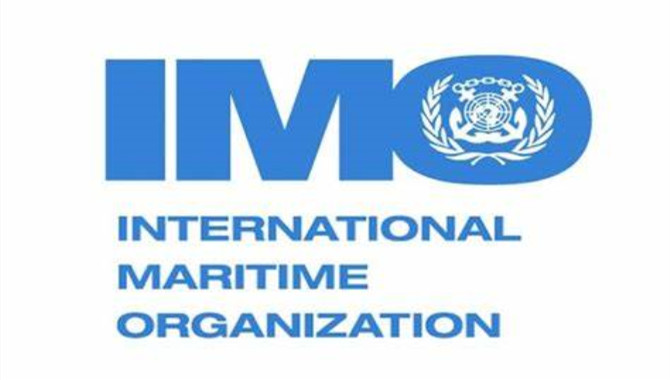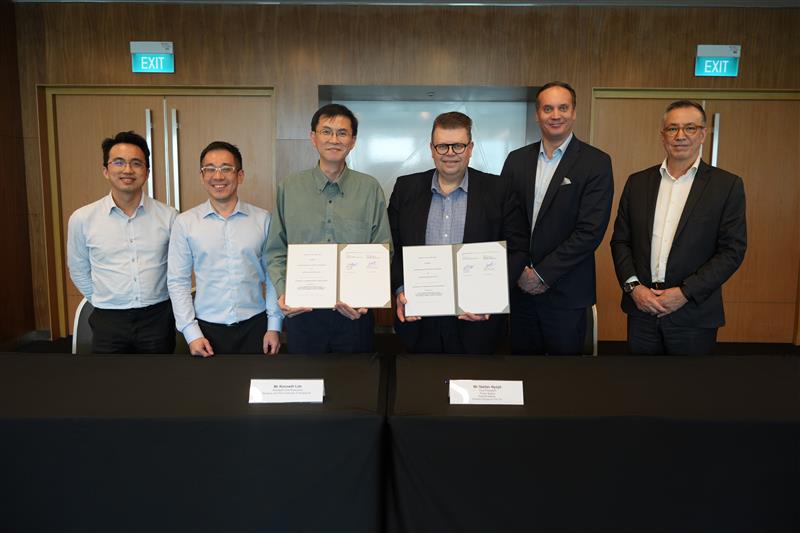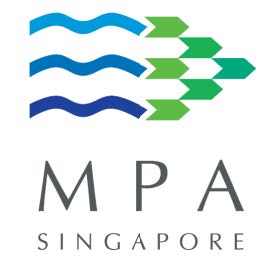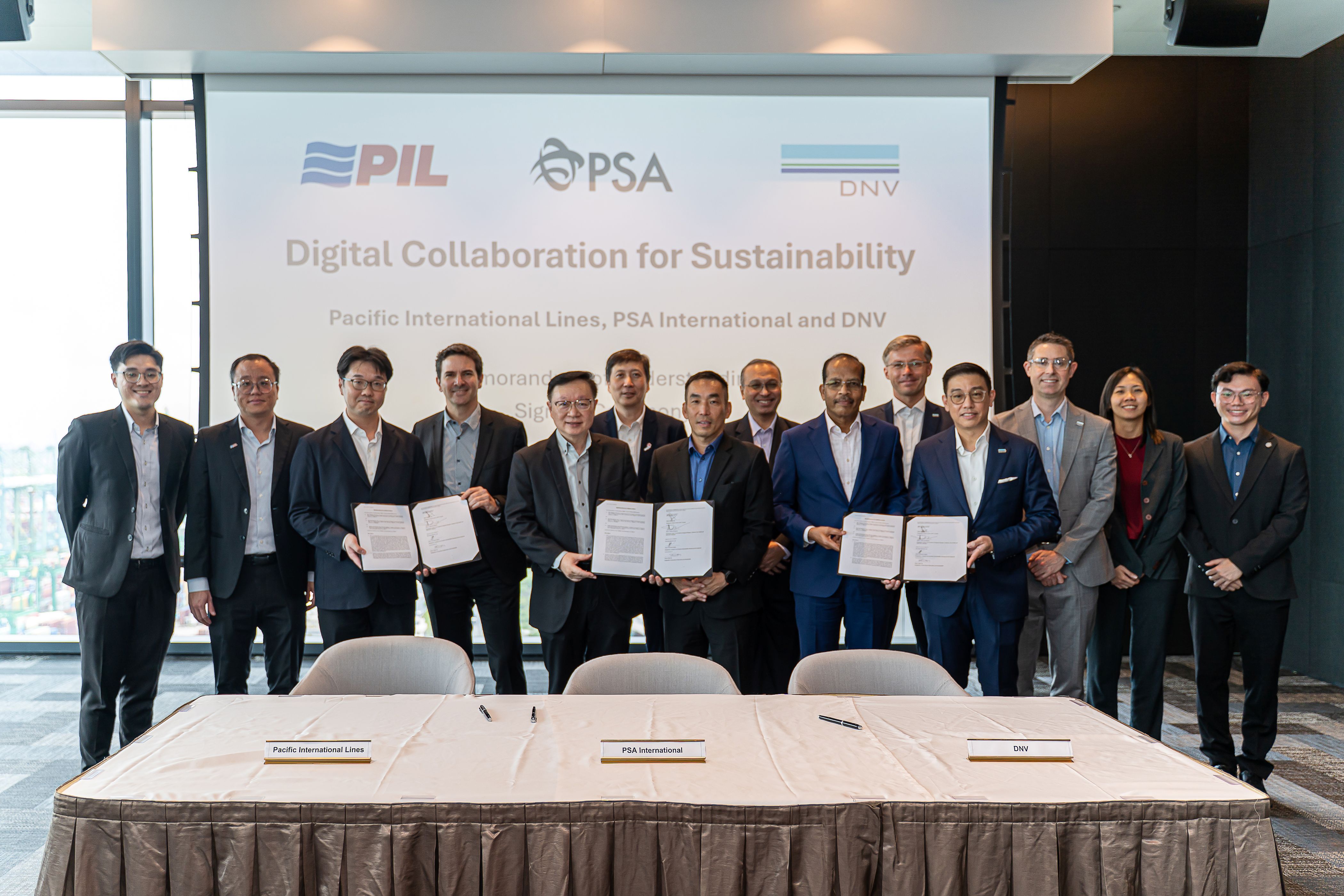
Second generation intact stability criteria – interim guidelines approved.
For a ship to be considered seaworthy and safe it must be designed to remain stable and afloat in all conditions, whether intact or damaged. Mandatory criteria and recommended provisions regarding intact stability are set out in IMO’s 2008 Intact Stability (IS) Code, which is mandatory under the SOLAS Convention and the 1988 Load Lines Protocol.
Advanced computer technology is enabling so-called “second generation” intact stability criteria to be developed, for a comprehensive safety assessment of ship dynamics in waves.
The Sub-Committee approved a comprehensive set of interim guidelines on second generation intact stability criteria which include guidelines on vulnerability criteria, direct stability failure assessment and operational measures. The aim is to ensure a uniform international level of safety with respect to dynamic stability failure modes in waves.
Second generation intact stability criteria involve intact stability assessment of ship dynamics in waves using methods to address the five stability failure modes: pure loss of stability, parametric roll, surf-riding/broaching, dead ship condition and excessive accelerations.
This development has been made possible by advanced computer technology such as complex numerical simulations and Computational fluid dynamics (CFD), technologies that have enabled designers to better assess the stability of ships in waves.
Work on developing the second generation intact stability criteria has been ongoing for two decades. The finalized set of interim guidelines will now be considered by the Maritime Safety Committee (MSC 102) with a view to approval, so that they can be disseminated and tested in practice.
The session also progressed the development of associated Explanatory Notes, providing further guidance on the application of the interim guidelines on second generation intact stability criteria.
Draft Code of safety for ships carrying industrial personnel
The Sub-Committee has finalized a new draft International Code of Safety for Ships Carrying Industrial Personnel (IP Code) and an associated draft new SOLAS chapter XV for all cargo ship types other than high-speed craft. The draft Code and SOLAS amendments will be considered intersessionally by a correspondence group for completion at SDC 8 in January 2021.
The IP Code has been developed to supplement existing IMO instruments in order to meet the demand for carriage requirements from the offshore and energy sectors that employ and transfer on ships industrial personnel for the construction, maintenance, decommissioning, operation or servicing of offshore facilities.
The Code, in addition to the requirements for cargo ships contained in SOLAS regulations, provides an international standard of safety for ships carrying industrial personnel and will facilitate the safe carriage and transfer of such personnel by addressing additional risks connected to such operations.
The draft IP Code and the associated SOLAS amendments have been referred to MSC 102 for agreement in principle with a view to adoption, in time for their expected entry into force on 1 January 2024 as mandatory international instruments ensuring the safe carriage of industrial personnel.
Safety recommendations for non-SOLAS ships operating in polar waters developed
The Sub-Committee developed two sets of safety measures for certain types of ships operating in polar waters and not falling under the SOLAS Convention, one for fishing vessels of 24 m in length and over, and another one for pleasure yachts above 300 gross tonnage not engaged in trade.
There is currently no internationally binding instrument in force regulating the safety of these so-called non-SOLAS vessels. The guidelines were developed to increase the safety of fishing vessels and pleasure yachts operating in polar waters and persons on board; and to mitigate the impact on people and environment in the vulnerable waters around the poles.
For fishing vessels, the guidelines will add specific safety guidance closely aligned with the 2012 Cape Town Agreement, the internationally-binding instrument aimed at facilitating better control of fishing vessel safety by flag, port and coastal States. IMO is continuously urging its Member States to ratify the Agreement, which has not yet met its entry into force conditions.
Subdivision and damage stability regulations – amendments to revised Explanatory Notes agreed
The Sub-Committee finalized draft amendments to the Revised Explanatory Notes to SOLAS chapter II-1 subdivision and damage stability regulations.
Source:IMO
The opinions expressed herein are the author's and not necessarily those of The Xinde Marine News.
Please Contact Us at:
admin@xindemarine.com


 Baltic Exchange launches new Fuel Equivalence Conve
Baltic Exchange launches new Fuel Equivalence Conve  21 Consecutive Years of QUALSHIP 21 Recognition for
21 Consecutive Years of QUALSHIP 21 Recognition for  MPA and Wärtsilä Renew Partnership to Drive Marit
MPA and Wärtsilä Renew Partnership to Drive Marit  MPA and Dalian Maritime University Renew Partnershi
MPA and Dalian Maritime University Renew Partnershi  PSA INTERNATIONAL, DNV AND PACIFIC INTERNATIONAL LI
PSA INTERNATIONAL, DNV AND PACIFIC INTERNATIONAL LI  INTERCARGO Reaffirms Call for Simplicity as IMO Cli
INTERCARGO Reaffirms Call for Simplicity as IMO Cli